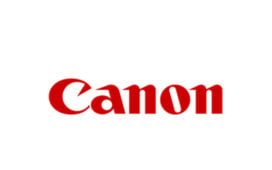Companies are constantly looking for answers to questions like “who are my buyers, and what are they looking for at a particular time,” and “how are they interacting with my brand?” And equally important, “how are their needs changing, and what would they need next?”
Wouldn’t it be great if brands could read their customers’ minds and predict exactly what they are looking for, when they need it, and how they want to receive it? Absolutely a marketer’s dream come true and a customer’s total satisfaction with the brand. This mutual understanding between brand and customer does not come easy. It is the result of technology, intelligence, and psychology put together, leading to
To continue reading this article you need to be registered with Campaign. Registration is free and only takes a minute. Register Now or sign in below if you already have an account.









